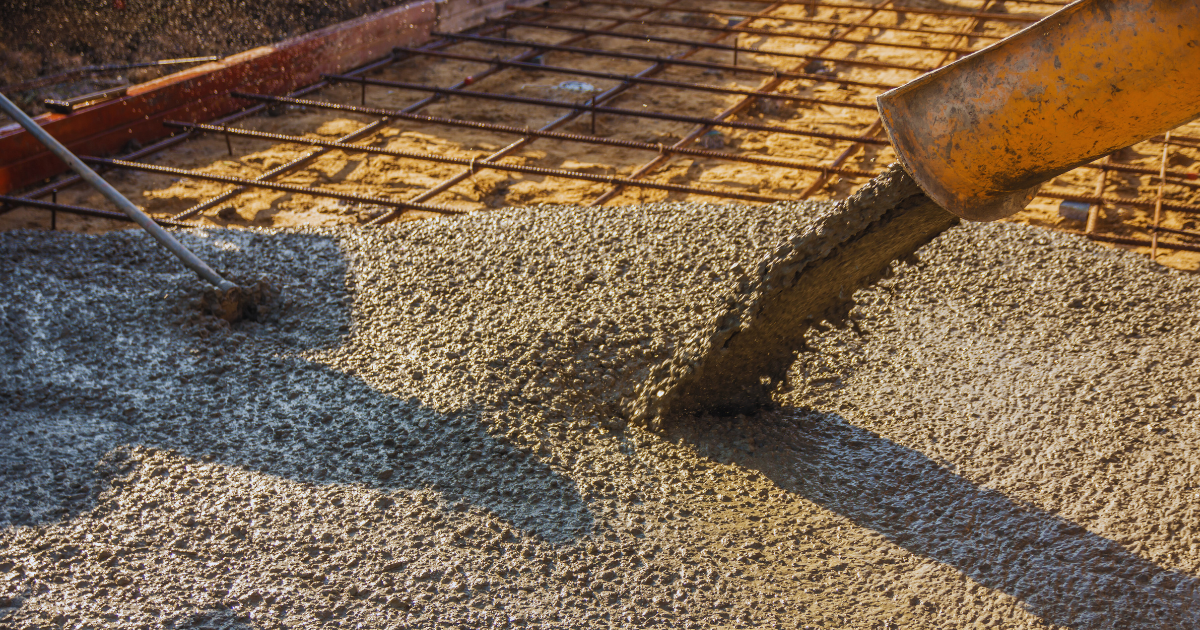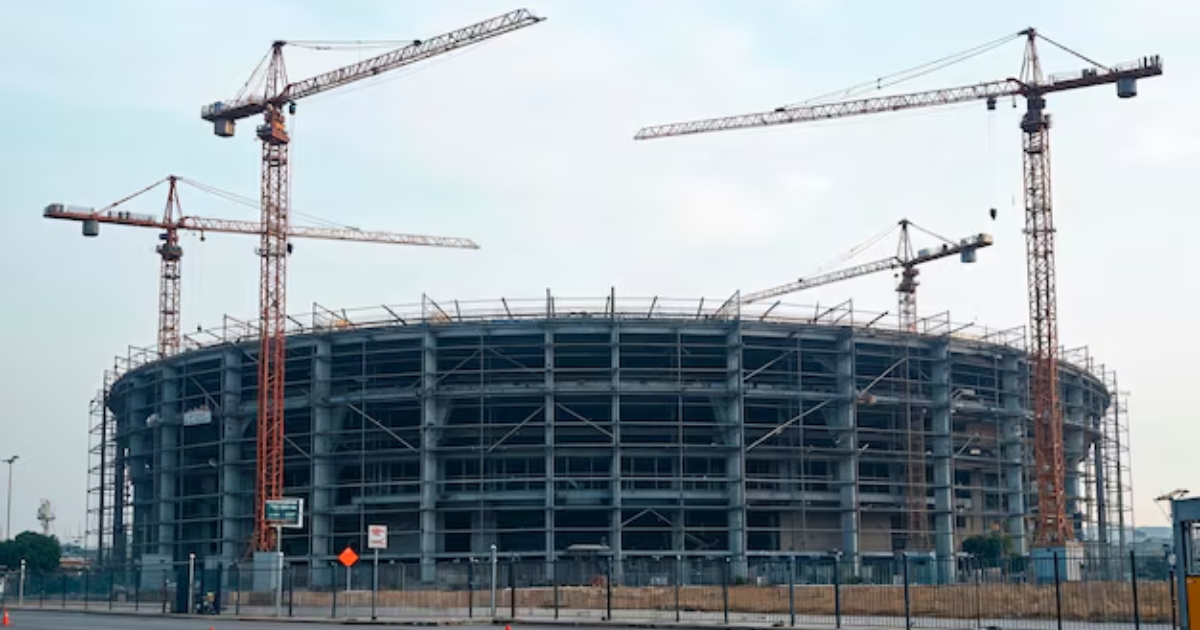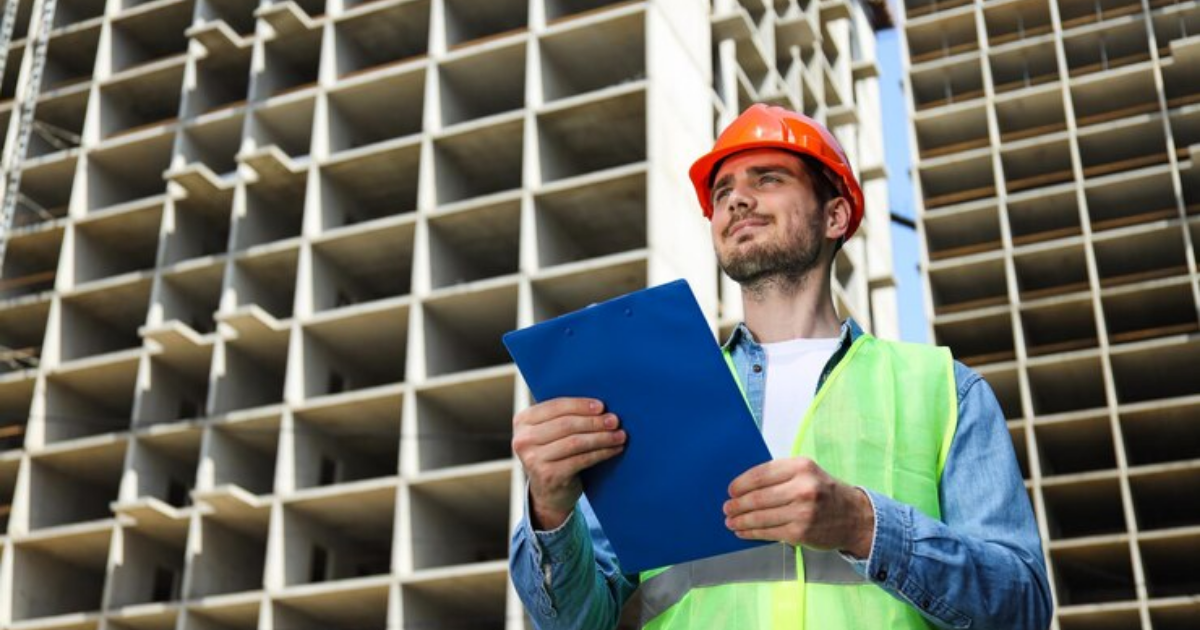The construction industry has been revolutionized by the advent of ready mix concrete, a material that offers numerous advantages over traditional concrete. The Ready Mix Concrete Manufacturing Process is a meticulously controlled procedure that ensures the production of high-quality concrete. In this comprehensive guide, we will delve into the Ready Mix Concrete Manufacturing Process, exploring each step in detail and highlighting the importance of this material in modern construction.
Understanding Ready Mix Concrete
Before we dive into the Ready Mix Concrete Manufacturing Process, it’s essential to understand what ready mix concrete is. Ready mix concrete (RMC) is a pre-mixed, ready-to-use material composed of cement, water, aggregates, and admixtures. Unlike site-mixed concrete, RMC is produced in a factory or batching plant and delivered to construction sites in a ready-to-use form.
The Ready Mix Concrete Manufacturing Process
The Ready Mix Concrete Manufacturing Process involves several stages, each crucial to ensuring the quality and consistency of the final product. Let’s explore these stages in detail.
1. Material Selection and Storage
The first step in the Ready Mix Concrete Manufacturing Process is selecting high-quality raw materials. The primary components of ready mix concrete are cement, water, fine aggregates (sand), coarse aggregates (gravel or crushed stone), and admixtures. These materials must meet specific quality standards to ensure the final product’s durability and strength.
Once the materials are selected, they are stored in separate storage facilities. Cement is stored in silos to protect it from moisture, while aggregates are kept in storage bins. Admixtures, which are chemical compounds added to the concrete to enhance its properties, are stored in dedicated containers.
2. Batching
Batching is a critical step in the Ready Mix Concrete Manufacturing Process, where the proportions of each material are carefully measured. This step ensures that the final mix has the desired properties and consistency. The batching process can be done by weight or volume, but weight batching is more accurate and preferred in most modern batching plants.
Automated batching systems are used to ensure precision and consistency. These systems measure the exact quantities of cement, water, aggregates, and admixtures required for each batch of concrete.
3. Mixing
Mixing is the next step in the Ready Mix Concrete Manufacturing Process. The measured materials are transferred to a mixing drum or mixer. The mixing process ensures that all the ingredients are thoroughly combined to form a homogeneous mixture. The mixing time is crucial, as under-mixing can result in a non-uniform mix, while over-mixing can reduce the concrete’s workability.
In most batching plants, the mixing is done in a high-speed mixer, ensuring that the concrete is mixed uniformly and quickly. The mixing time typically ranges from 30 seconds to 90 seconds, depending on the type of mixer used.
4. Quality Control
Quality control is a vital aspect of the Ready Mix Concrete Manufacturing Process. Various tests are conducted to ensure that the concrete meets the required specifications. These tests include checking the consistency, workability, strength, and durability of the concrete.
Slump tests are performed to measure the concrete’s workability. Compressive strength tests are conducted to determine the concrete’s strength after curing. Additionally, air content tests are performed to ensure that the concrete has the right amount of entrained air, which helps improve its freeze-thaw resistance.
5. Transportation
Once the concrete is mixed and passes the quality control tests, it is ready for transportation to the construction site. The concrete is loaded into transit mixers or concrete trucks equipped with rotating drums that keep the concrete agitated during transit. This prevents the concrete from setting prematurely and ensures that it arrives at the construction site in a fresh and workable state.
The transportation phase is a critical part of the Ready Mix Concrete Manufacturing Process, as delays can affect the quality and workability of the concrete. Therefore, efficient logistics and coordination are essential to ensure timely delivery.
6. Placement and Compaction
Upon arrival at the construction site, the ready mix concrete is unloaded and placed in the desired location. The placement process involves pouring the concrete into forms or molds to shape it according to the construction requirements. It is essential to place the concrete quickly to prevent it from setting prematurely.
Once the concrete is placed, it must be compacted to remove any air pockets and ensure a dense, uniform structure. This is typically done using vibrators, which help settle the concrete and eliminate voids.
7. Curing
Curing is the final step in the Ready Mix Concrete Manufacturing Process. It involves maintaining the concrete at an adequate moisture level and temperature to allow it to achieve its desired strength and durability. Proper curing prevents the concrete from drying out too quickly, which can cause cracks and reduce its structural integrity.
Curing methods include water curing, where the concrete is kept wet using sprinklers or wet coverings, and membrane curing, where curing compounds are applied to the concrete surface to retain moisture. The curing period typically lasts for 7 to 28 days, depending on the type of concrete and the environmental conditions.
Advantages of the Ready Mix Concrete Manufacturing Process
The Ready Mix Concrete Manufacturing Process offers several advantages over traditional site-mixed concrete:
- Consistency and Quality: The controlled environment of a batching plant ensures consistent quality and uniformity in every batch of concrete.
- Time and Labor Savings: Ready mix concrete eliminates the need for on-site mixing, saving time and reducing labor costs.
- Reduced Wastage: Precise batching and mixing reduce material wastage, making the process more efficient and cost-effective.
- Flexibility: Ready mix concrete can be customized to meet specific project requirements, including different strength grades and workability levels.
- Environmental Benefits: The use of automated systems and efficient batching processes reduces the environmental impact of concrete production.
Conclusion
The Ready Mix Concrete Manufacturing Process is a sophisticated and well-regulated procedure that ensures the production of high-quality concrete for various construction applications. From material selection and batching to mixing, quality control, transportation, placement, and curing, each step is crucial in delivering concrete that meets the stringent standards of modern construction.
By understanding the Ready Mix Concrete Manufacturing Process, construction professionals can make informed decisions about the materials they use, ensuring the success and durability of their projects. Ready mix concrete continues to play a pivotal role in the construction industry, providing a reliable and efficient solution for building the infrastructure of the future.
Hindustan RMC stands out as the premier choice for ready-mix concrete in Ahmedabad. With our QCI RMCMA certification, specialty concrete solutions, commitment to transparency and communication, state-of-the-art testing facilities, and industry-leading certifications and approvals, we are dedicated to delivering unmatched quality and service to our customers. Trust Hindustan RMC to be your reliable partner in building the foundations of your dreams.
Choose Hindustan RMC for your next construction project and experience the difference in quality, reliability, and service.







